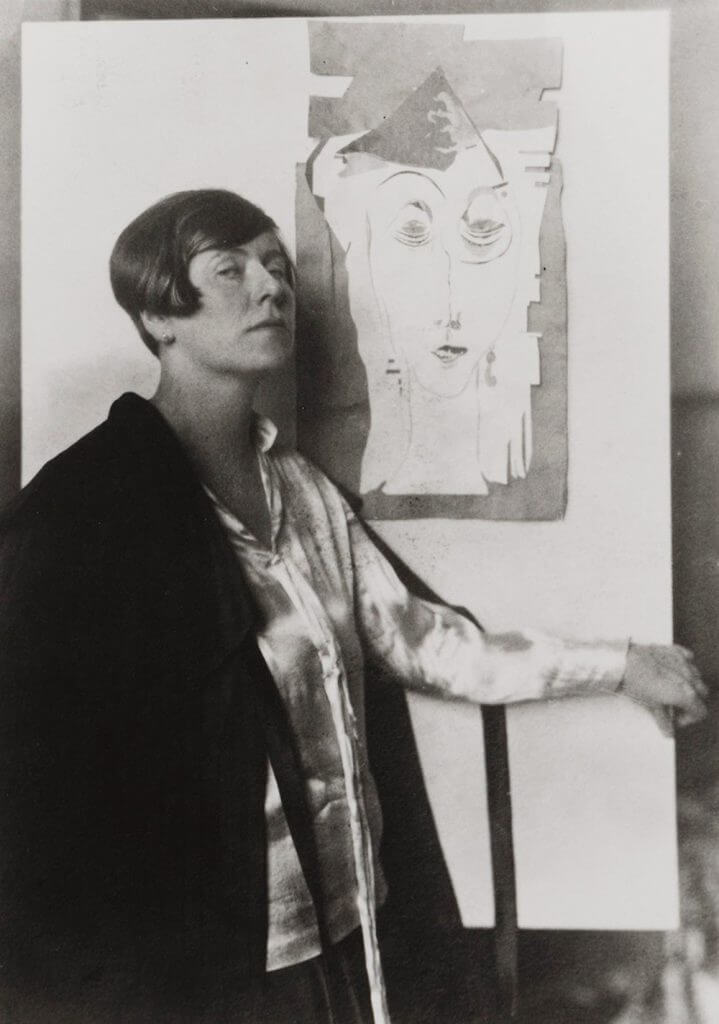Chapter 1: The Collector

Origins
There was a time when an art collector could change the course of history. That’s no exaggeration. A definitive, historical example would be the Medici family, led by Lorenzo de’ Medici (so-called “The Magnificent”). Artists commissioned and supported by Lorenzo (Leonardo, Botticelli, Bronzino and Michelangelo) not only helped to mould and illuminate the city of Florence during the peak of the Italian Renaissance, but they were also political tools; their works helped to orchestrate marriages, alliances, and business transactions in visual form. By his own estimation, his family had spent (over a 40-year period), approximately 663,000 florins on charity, buildings, and taxes siphoned from arts patronage- that’s roughly $460 million, today.

Lorenzo de’ Medici, Duke of Urbino (1492-1519), three-quarter-length, holding a gold box
Oil on canvas, 38 x 31 in
The Rothschild family dynasty has contributed significantly to global arts and philanthropic activity, always conducted anonymously, stretching back over 300 years and remains active to this day. The brothers of James de Rothschild (1792-1868), having established family-controlled banking branches in London, Frankfurt, Vienna and Naples, had all positioned themselves and their progeny as perpetual donors to art, architecture, and literature for the public benefit. As mentioned by French newspaper Le Jour in 1891, “Art and charity will be the motto that history will inscribe before the name of this great family.”
The “Modern” Collector
A more modern “collector”, but also effectively a patron who fostered a new direction for the way the public viewed visual art, was Solomon R. Guggenheim. His advisor was German artist and aristocrat Baroness Hilla von Rebay, who first took Guggenheim to Wassily Kandinsky’s studio in 1930. After that, Guggenheim would be among the first to make major purchases of works by Marc Chagall, Fernand Léger, László Moholy-Nagy, and Joan Miró. A permanent home, designed by modernist architect Frank Lloyd Wright, for these works was opened to the public as the Museum for Non-Objective Painting in 1934 and was rechristened The Solomon R. Guggenheim Museum in 1959. An appropriate West Coast-parallel would be J. Paul Getty; both Guggenheim and Getty’s activities lead not only to repositories for great art and historical artifacts, but spawned the creation of research and learning centers that have served academics, artists, archaeologists and researchers for the better part of 70 years.

Fast-forward to the present: you have the class of the “curious” collector, a small class of businessmen and women who favour the arts as a primary form of recreation. Their collections are built on personal taste, but are accessible to the public. Ronald Lauder, Donald and Mera Rubell, Beth DeWoody and Dan and Kathryn Mikesell are primary examples of collectors who have opened their doors to their own passion for contemporary art to others.
Now What?
So a young artist would simply have to find themselves a post-millenium Medici, Rothschild, or Guggenheim and they’d be set, right? Not so much. The world is far bigger than it used to be, with infinitely greater levels of competition and visual material to sift through. In 15th century Florence, a Medici could step into any church or palazzo and spot their next great protége. In the early 20th century, only a handful of artists were bold enough to challenge the ironclad dominance of the Parisian “salons” and widespread academic attachment to neo-Classical works. Now, with a torrent of images in commercial product advertising, social media filtration, fashion collaboration, YouTube channels, and Hollywood films, is there any chance for one artist to rise above the noise? Even with the support of a generous, savvy patron, an artist seems to need more than just capable hands and a curious mind.
There isn’t a sole answer to this question. But, it would be a certain advantage for any emerging artist to be acquainted with the concept of patronage and collecting, as practices.
Responses